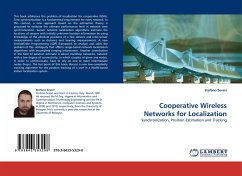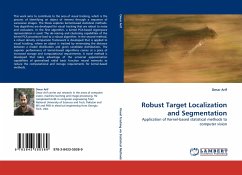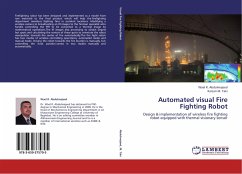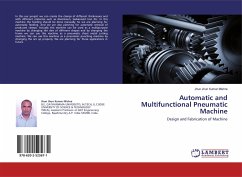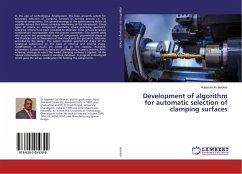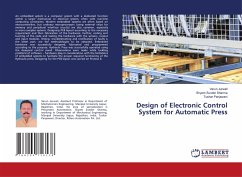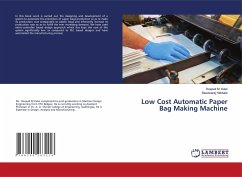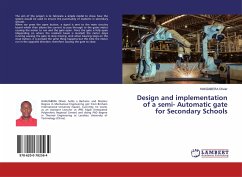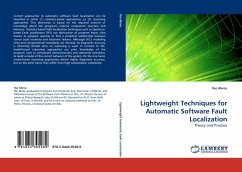
Lightweight Techniques for Automatic Software Fault Localization
Theory and Practice
Versandkostenfrei!
Versandfertig in 6-10 Tagen
52,99 €
inkl. MwSt.

PAYBACK Punkte
26 °P sammeln!
Current approaches to automatic software fault localization can be classified as either (1) statistics-based approaches, or (2) reasoning approaches. This distinction is based on the required amount of knowledge about the program's internal component structure and behavior. Statistics-based fault localization techniques such as Spectrum-based Fault Localization (SFL) use abstraction of program traces (also known as program spectra) to find a statistical relationship between source code locations and observed failures. Although SFL's modeling costs and computational complexity are minimal, its ...
Current approaches to automatic software fault localization can be classified as either (1) statistics-based approaches, or (2) reasoning approaches. This distinction is based on the required amount of knowledge about the program's internal component structure and behavior. Statistics-based fault localization techniques such as Spectrum-based Fault Localization (SFL) use abstraction of program traces (also known as program spectra) to find a statistical relationship between source code locations and observed failures. Although SFL's modeling costs and computational complexity are minimal, its diagnostic accuracy is inherently limited since no reasoning is used. In contrast to SFL, model-based reasoning approaches use prior knowledge of the program, such as component interconnection and statement semantics, to build a model of the correct behavior of the system. On the one hand, model-based reasoning approaches deliver higher diagnostic accuracy, but on the other hand, they sufferfrom high computation complexity.



